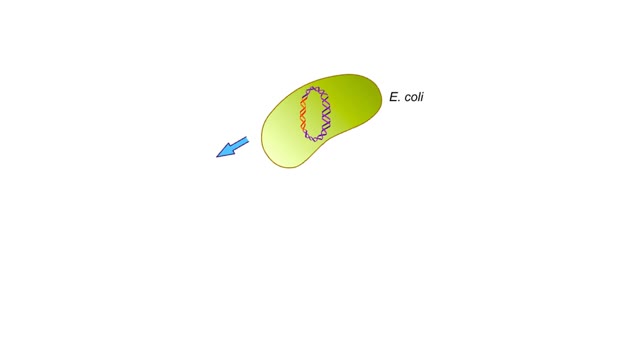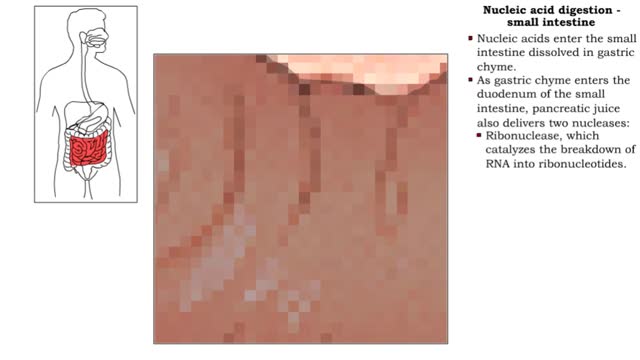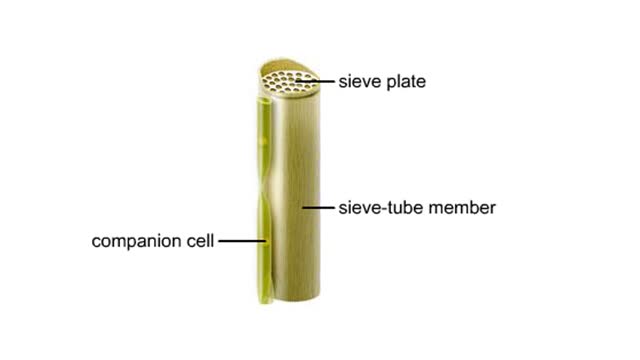Search Results
Results for: 'dissolved gas in plasma'
Simple Diffusion - gases and nonpolar compounds transport
By: HWC, Views: 11549
Gases and some molecules can diffuse through the phospholipid bilayer because they are small or non-polar. Oxygen gas. Carbon dioxide gas. Lipid based hormones. Plasma membranes are selectively permeable: The lipid bilayer is always permeable to small, nonpolar, uncharged molecules ...
By: HWC, Views: 11859
What Are Antibodies? Antibodies, also known as immunoglobulins, are Y-shaped proteins that are produced by the immune system to help stop intruders from harming the body. When an intruder enters the body, the immune system springs into action. These invaders, which are called antigens, can be vi...
How do the different types of chromatography work? (No Audio)
By: HWC, Views: 10488
Chromatography is a term for a variety of techniques in which a mixture of dissolved components is fractionated as it moves through some type of porous matrix. A glass column is filled with beads of an inert matrix. The mixture of proteins to be purified is dissolved in a solution and passed ...
Inflammatory response Animation
By: HWC, Views: 7626
Any tissue damage or bacterial invasion can bring about inflammation. The inflammatory response can be triggered by an invasion of bacteria, or by a cut or other physical damage to cells. Chemicals, such as histamine, released by the bacteria or damaged cells. accumulate in the tissue. Thes...
Origin of organelles Animation
By: HWC, Views: 4685
Possible origins of the nucleus and other organelles. Some prokaryotic cells have infoldings of their plasma membrane. These infoldings may have served as channels from the cytoplasm to the cell surface. These membranous folds may have evolved into the endoplasmic reticulum and the nuclear e...
Nucleic acid digestion -small intestine
By: HWC, Views: 11130
Nucleic acid digestion, which takes place in the small intestine, involves: • Pancreatic nucleases. • Brush-border enzymes in the small intestine. • Nucleic acids enter the small intestine dissolved in gastric chyme. • As gastric chyme enters the duodenum of the small intestine, p...
What are Taste Receptors? How Does it Work? Animation
By: HWC, Views: 7923
Do you ever wonder how you can taste the foods you eat? It all starts with taste receptors in your muscular tongue. Taste receptor neurons are found in your taste buds but you are not looking at the taste buds. The raised bumps on the surface of the tongue that you see are specialized epith...
Vascular tissues in a corn stem and a buttercup root
By: HWC, Views: 5511
Vascular tissues in a corn stem and a buttercup root. The cells that make up each tissue. Xylem conducts water and dissolved ions. It also helps mechanically support a plant. The cells, called vessel members and tracheids, are dead at maturity. Their lignified walls interconnect and serve as p...
Mechanisms of capillary exchange (transcytosis & bulk flow)
By: HWC, Views: 10717
■ This method of capillary exchange is mainly used to transport small amounts of large, lipid-insoluble (water soluble) molecules, such as large proteins. ■ Substances, packaged in vesicles, move through endothelial cells via endocytosis and exocytosis. ■ This method of exchange is th...
Advertisement











